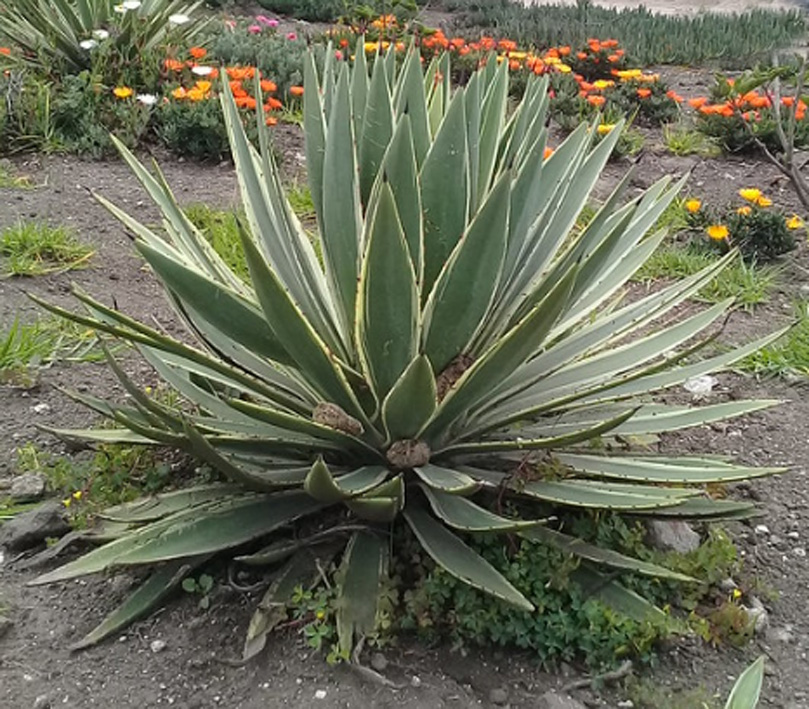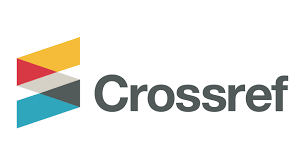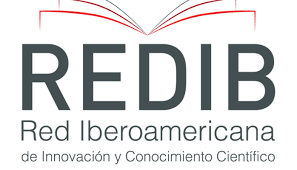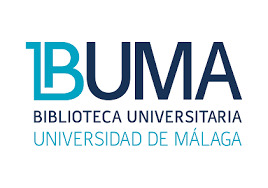Sensory characterization for the differentiation of ancestral mezcal from two producing areas of Oaxaca, Mexico
DOI:
https://doi.org/10.18387/polibotanica.60.27Keywords:
ancestral mezcal, descriptors, Agave angustifolia and Agave potatorumAbstract
Ancestral Mezcal is a traditional drink produced by the distillation of fermented agave juice, its sensory quality depends on the composition of volatile and non-volatile compounds, which differ with respect to the variety of agave, region and conditions in the production process, being the consumers who evaluate tangible and intangible attributes that determine their preference. The objective of this study was to identify the sensory characteristics of ancestral mezcal from two production zones in the state of Oaxaca (Santa María Ixcatlán and Santa Catarina Minas) and two agave species (Agave angustifolia and Agave potatorum), as well as the descriptors of an ideal ancestral mezcal that maximizes consumer liking. For this purpose, the CATA method was applied to local consumers (n=100), obtaining sixteen descriptors that allowed differentiating the four samples of ancestral mezcal, and also, the method allowed obtaining the descriptors of an ideal ancestral mezcal. With a panel (n=10) and the same samples of ancestral mezcal, a Flash Profile was made based on six consensus attributes, which showed a better differentiation by species than by production zone.
References
Chavez-Parga, M. D. C., Pérez Hernández, E., & González Hernández, J. C. (2016). “Revisión del agave y el mezcal.” Revista Colombiana de Biotecnología 18(1): 148-164. https://doi.org/10.15446/rev.colomb.biote.v18n1.49552
Cuevas Reyes, V., Sánchez Toledano, B. I., Borja Bravo, M., Espejel García, A., Sosa Montes, M., Barrera Rodríguez, A. I., & Saavedra García, M. J. (2019). “Caracterización de la producción de maguey en el Distrito de Miahuatlán, Oaxaca.” Revista mexicana de ciencias agrícolas 10: 365-377. http://www.scielo.org.mx/scielo.php?script=sci_arttext&pid=S2007-09342019000200365&nrm=iso
Dairou, V., & Sieffermann, J.-M. (2002). “A Comparison of 14 Jams Characterized by Conventional Profile and a Quick Original Method, the Flash Profile.” Journal of Food Science 67(2): 826-834. https://doi.org/10.1111/j.1365-2621.2002.tb10685.x
Delarue, J., & Sieffermann, J.-M. (2004). “Sensory mapping using Flash profile. Comparison with a conventional descriptive method for the evaluation of the flavour of fruit dairy products.” Food Quality and Preference 15(4): 383-392. https://doi.org/https://doi.org/10.1016/S0950-3293(03)00085-5
Gower, J. C. (1975). “Generalized procrustes analysis.” Psychometrika 40(1): 33-51. https://doi.org/10.1007/BF02291478
Hernández-López, J. (2018). “El mezcal como patrimonio social: de indicaciones geográficas genéricas a denominaciones de origen regionales.” Em Questão 24(2): 404-433. https://doi.org/10.19132/1808-5245242.404-433
Lancaster, B., & Foley, M. (2007). Determining statistical significance for choose allthat apply question responses. Seventh pangborn sensory science symposium, Minneapolis, USA.
Lawless, H. T., & Heymann, H. (2010). Sensory evaluation of food: principles and practices. New York. Springer. http://site.ebrary.com/id/10421269
Liu, J., Bredie, W. L. P., Sherman, E., Harbertson, J. F., & Heymann, H. (2018). “Comparison of rapid descriptive sensory methodologies: Free-Choice Profiling, Flash Profile and modified Flash Profile.” Food Research International 106: 892-900. https://doi.org/https://doi.org/10.1016/j.foodres.2018.01.062
Manoukian, E. B. (1986). Mathematical nonparametric statistics. New York, NY. Gordon & Breach.
Meyners, M., Castura, J. C., & Carr, B. T. (2013). “Existing and new approaches for the analysis of CATA data.” Food Quality and Preference 30(2): 309-319. https://doi.org/https://doi.org/10.1016/j.foodqual.2013.06.010
Pérez, C. (2007). “Mezcales tradicionales de los pueblos de México, herencia cultural y biodiversidad.” Ciencias 87: 54-60.
Rage, G., Atasi, O., Wilhelmus, M. M., Hernández-Sánchez, J. F., Haut, B., Scheid, B., Legendre, D., & Zenit, R. (2020). “Bubbles determine the amount of alcohol in Mezcal.” Scientific Reports 10(1): 11014. https://doi.org/10.1038/s41598-020-67286-x
Tešević, V., Nikićević, N., Jovanović, A., Djoković, D., Vujisić, L., Vučković, I., & Bonić, M. (2005). “Volatile Components from Old Plum Brandies.” Food Technology and Biotechnology 43(4): 367–372.
Varela, P., & Ares, G. (2012). “Sensory profiling, the blurred line between sensory and consumer science. A review of novel methods for product characterization.” Food Research International 48(2): 893-908. https://doi.org/https://doi.org/10.1016/j.foodres.2012.06.037
Vera-Guzmán, A. M., Guzmán-Gerónimo, R. I., López, M. G., & Chávez-Servia, J. L. (2018). “Volatile Compound Profiles in Mezcal Spirits as Influenced by Agave Species and Production Processes.” Beverages 4(1): 9. https://www.mdpi.com/2306-5710/4/1/9
Vera Guzmán, A. M., Santiago García, P. A., & López, M. G. (2009). “Compuestos volátiles aromáticos generados durante la elaboración de mezcal de Agave angustifolia y Agave potatorum.” Revista fitotecnia mexicana 32: 273-279. http://www.scielo.org.mx/scielo.php?script=sci_arttext&pid=S0187-73802009000400005&nrm=iso
Verissimo, C. M., Morais, S. D., Lima, L. L. D., Pereira, G. E., & Maciel, M. I. S. (2020). “A short training as an enhancer of sensory ability: The case of red wine consumers”. Journal of Sensory Studies 36(2): e12629. https://doi.org/10.1111/joss.12629
Xiong, R., Blot, K., Meullenet, J. F., & Dessirier, J. M. (2008). “Permutation tests for Generalized Procrustes Analysis.” Food Quality and Preference 19(2): 146-155. https://doi.org/https://doi.org/10.1016/j.foodqual.2007.03.003

Downloads
Published
License
Copyright (c) 2025 POLIBOTANICA

This work is licensed under a Creative Commons Attribution-NonCommercial-ShareAlike 4.0 International License.

Polibotánica by Departamento de Botánica de la Escuela Nacional de Ciencias Biológicas del Instituto Politécnico Nacional se distribuye bajo una Licencia Creative Commons Atribución-NoComercial-CompartirIgual 4.0 Internacional.



















